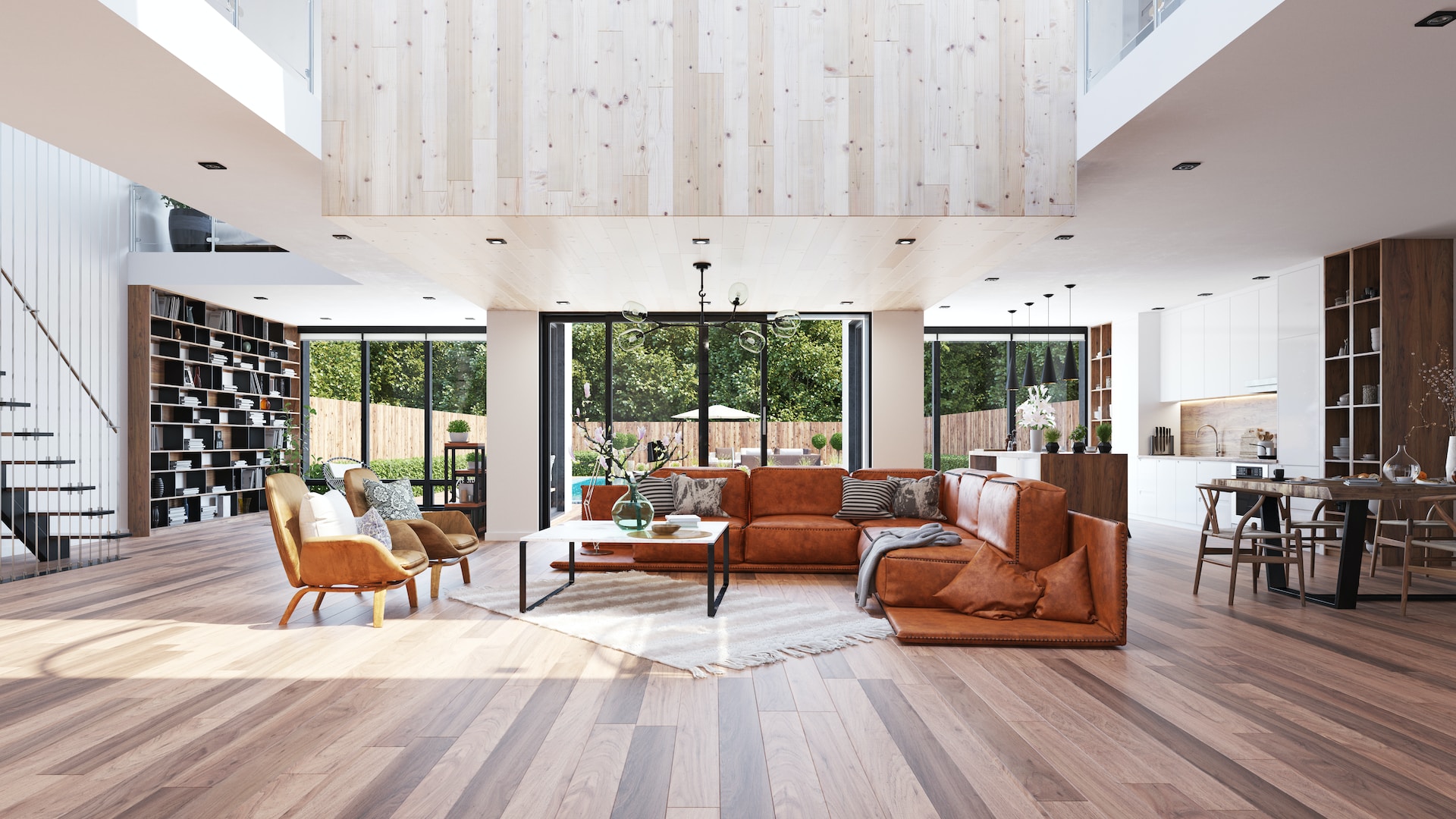Important House Components Every Homeowner Should Know
Your home is more than just four walls and a roof, it’s a complex structure composed of multiple elements, each serving a critical function.
From the foundation to the roof, and everything in between, understanding the components that make up your home is essential. Let’s take a comprehensive tour of the anatomy of your home.
Contents
- 1 Foundational Elements
- 2 The Framework – Pillars and Walls
- 3 Ceiling and Flooring
- 4 The Roof – Your Home’s Protective Shield
- 5 Essential Utilities: Water, Sewer Lines, and Electricity
- 6 Doors and Windows: The Gateways to Your Home
- 7 The Internal Works: Plumbing and HVAC Systems
- 8 The Finishing Touches: Cabinetry, Flooring, and Appliances
- 9 Maintenance: The Key to Longevity
- 10 Conclusion
Foundational Elements
The foundation serves as the bedrock of your home. It’s the element that anchors your home to the ground and provides a flat and stable surface upon which the rest of your house is built.
Substructures of the Foundation
The foundation is composed of several elements including footings, concrete blocks, and steel I-beams. These are reinforced with rebar and are designed to distribute the weight of the house evenly and prevent it from sinking or shifting.
The Framework – Pillars and Walls
The main body of your house is made up of pillars and walls. These are constructed using top-quality materials and are designed to withstand the forces of nature, protecting the occupants inside.
Types of Walls
There are two types of walls in a home: interior and exterior. The exterior walls are built to shield the interior from the elements, while the interior walls divide your home into separate rooms and spaces.
Ceiling and Flooring
The ceiling and floor of your house do more than just enclose the space. A well-constructed ceiling can make a room appear spacious and airy, while a level floor provides a stable surface for furniture and movement.
The Roof – Your Home’s Protective Shield
The roof of your house is its first line of defense against rain, snow, and other elements. Depending on the design, your roof can either be flat or sloping, with each type requiring special considerations for drainage and waterproofing.
Roofing Materials
Roofing materials can range from asphalt shingles to metal roofing, clay or concrete tiles, slate tiles, wood shingles, and synthetic materials. Each material has its unique benefits and suitability, depending on the climatic conditions and aesthetic preference. If you are ever in need of roof repairs, it is essential that you speak with roofers who can help you match the material you already have on your roof so that it is consistent and secure. Don’t forget to hire reliable roofing debris disposal services as well because even small repairs can be messy.
Essential Utilities: Water, Sewer Lines, and Electricity
Your home is equipped with essential utilities like water and sewer lines, and electricity. These systems are carefully installed and tested to ensure functionality and safety.
Electrical Wiring
Electrical wiring in your home is designed to comply with regulations and is concealed for safety. It’s important to use watt/volt appropriate points as per your needs and not exceed the limits.
Doors and Windows: The Gateways to Your Home
Doors and windows are the points of entry and exit in your home. They provide basic and primary protection against nature, intrusion, and unsafe elements. Using high-quality materials and strong locks can enhance the safety and security of your home.
The Internal Works: Plumbing and HVAC Systems
The plumbing and HVAC (Heating, Ventilation, and Air Conditioning) systems in your home are essential for comfort and convenience. These systems distribute hot and cold water throughout the house, dispose of wastewater, and regulate the indoor temperature.
The Finishing Touches: Cabinetry, Flooring, and Appliances
The final touches in your home include cabinetry, flooring, and appliances. These elements not only serve functional purposes but also contribute to the overall aesthetics of your home.
Interior Design Elements
Interior design elements like furniture, rugs, curtains, and light fixtures are the final touches that transform a house into a home. They add personality, style, and comfort to your living space.
Maintenance: The Key to Longevity
Regular maintenance is crucial to keeping your home in good condition. By routinely inspecting and maintaining all the components of your home, you can prevent minor issues from becoming major problems.
Conclusion
Understanding your home’s structure and its various components empowers you to take better care of it. Whether you’re building a new home or maintaining an existing one, this knowledge will serve you well.
Remember, a well-maintained home isn’t just a better place to live; it’s also a sound investment. So, take the time to learn about your home’s anatomy and give it the care it deserves.

